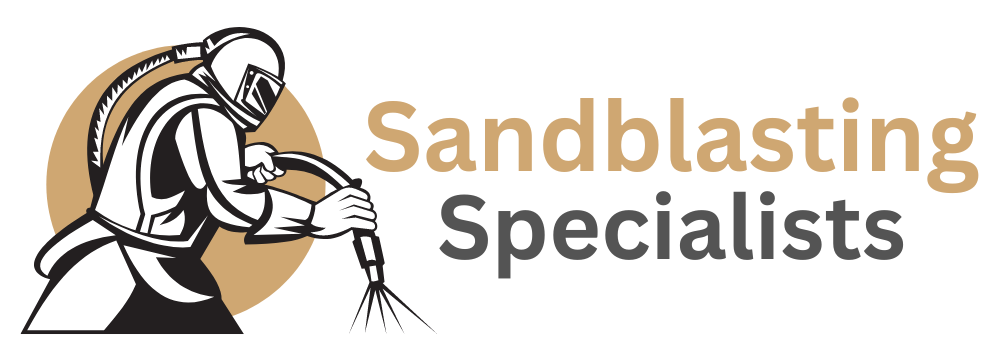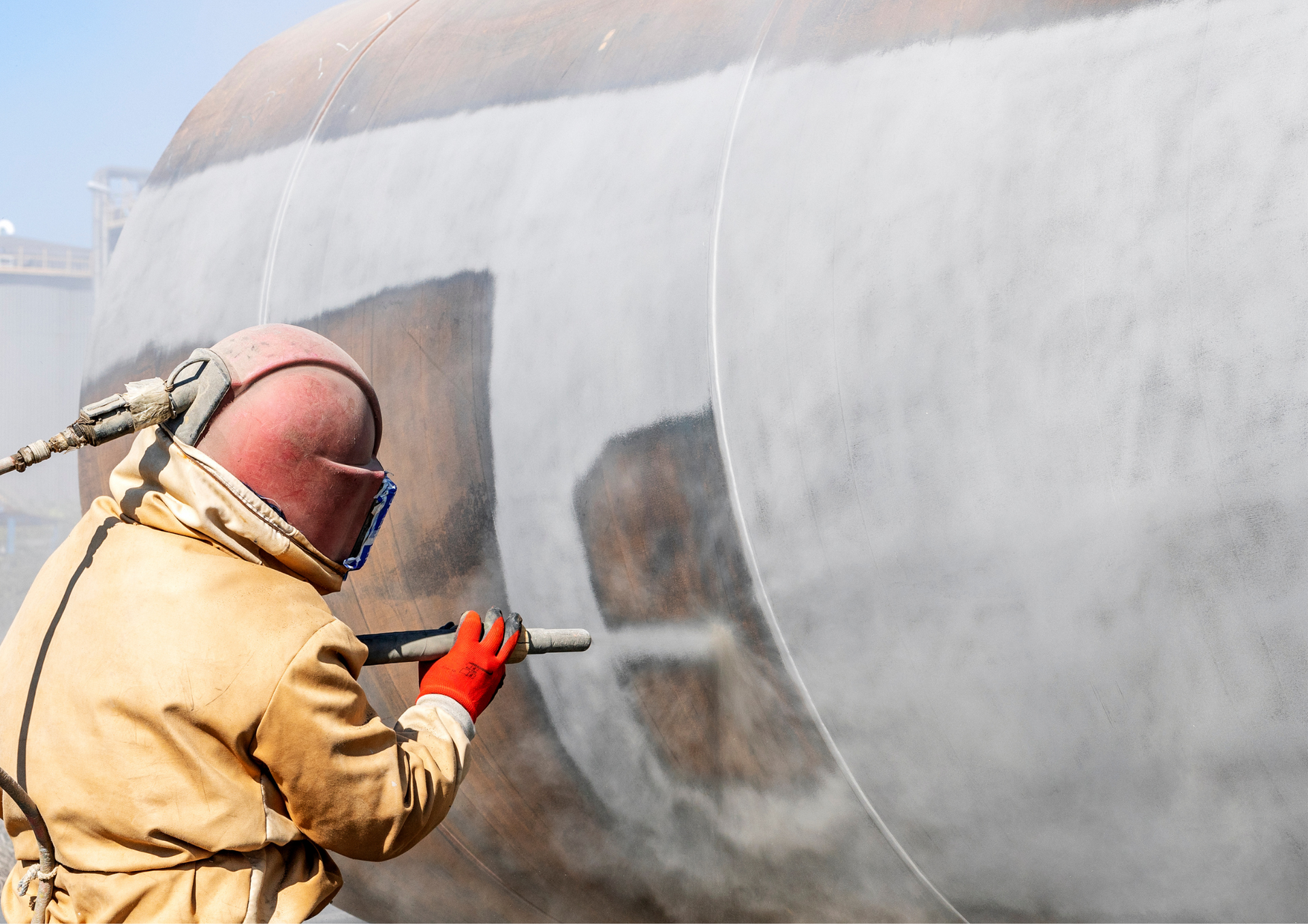Sandblasting for Automotive Restoration
Automotive restoration is a meticulous process that breathes new life into vintage vehicles. One of the primary challenges in restoration is effectively removing rust, paint, and corrosion without damaging the original metal. Automotive sandblasting emerges as a potent solution, offering precision and efficiency. This blog post explores the benefits and techniques of sandblasting in automotive restoration, detailing how it can transform your vintage car's appearance and durability.
What is Automotive Sandblasting?
Automotive sandblasting involves propelling abrasive materials at high speeds onto automotive parts to clean them or prepare surfaces for finishing. This method effectively removes old paint, rust, and accumulated grime. Unlike manual scraping or chemical stripping, sandblasting can reach into the smallest crevices and uniformly strip surfaces without the risk of warping or damaging the substrate.
Types of Sandblasting Media
Choosing the right sandblasting media is crucial for achieving desired results without harming the vehicle's metal. Commonly used media in automotive restoration include:
- Aluminium Oxide: Ideal for aggressive cleaning, perfect for heavy rust and corrosion.
- Glass Beads: Provide a softer, more polished finish that removes paint and minor rust.
- Silicon Carbide: The hardest available media for tougher jobs and etching.
- Walnut Shells: A gentler option that is perfect for delicate parts and thin metal sheets.
Each type of media has specific applications and benefits, making it essential to select based on the condition of the vehicle part being restored.
Benefits of Sandblasting in Automotive Restoration
The primary benefits of using sandblasting in automotive restoration include:
- Efficiency: Quickly removes unwanted materials from large areas.
- Uniformity: Ensures an even surface readiness for painting or sealing.
- Accessibility: Reaches difficult areas that are hard to clean by hand.
- Versatility: Suitable for various materials, including metal, plastic, and fibreglass.
Precautions and Safety Measures
While car sandblasting is effective, it requires stringent safety measures to protect the operator and ensure the integrity of the vehicle. Key precautions include:
- Proper Equipment: Use of a high-quality blasting cabinet, respirators, and protective clothing.
- Controlled Environment: The blasting is performed in a controlled space to prevent contamination of surrounding areas.
- Professional Handling: Ideally, professionals should perform sandblasting to avoid any accidental damage, especially when dealing with vintage or delicate parts.
Application Techniques
Effective abrasive sandblasting involves more than just selecting the right media. The technique used can significantly impact the quality of the outcome. Some tips for effective sandblasting include:
- Maintain Distance and Angle: Keep a consistent distance and angle to avoid uneven surface etching.
- Regulate Pressure: Adjust the pressure according to the type of media and the material being blasted.
- Test on a Small Area: Always test the technique on a smaller, less visible area before proceeding to more visible sections.
Sandblasting is an indispensable technique in automotive restoration, renowned for its ability to efficiently prepare surfaces by removing rust, paint, and corrosion. As technology evolves, the precision and safety of abrasive blasting continue to improve, making it an even more appealing option for enthusiasts and professionals alike.
Choosing a knowledgeable and experienced service provider is crucial for anyone considering automotive restoration. Sandblasting Specialists stand out as a leader in the field, combining expertise with state-of-the-art technology to deliver unparalleled results. Make us your first choice for your restoration needs, ensuring your classic beauty is treated with the care and professionalism it deserves.
Check out our latest GBP update about automotive sandblasting.



